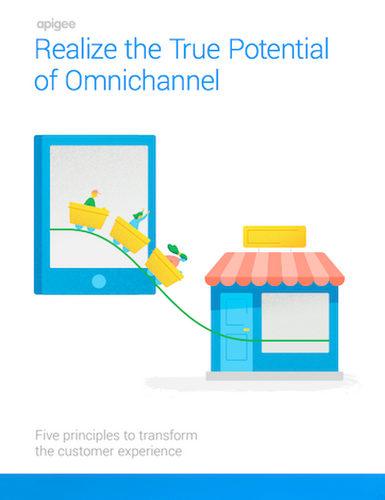Realize the True Potential of Omnichannel
Michael Endler
AI Editor, Google Cloud
Madison Jacobs
New eBook: Five principles to transform the customer experience


For too many businesses, “omnichannel” really just means “more multichannel.”
It’s easy to see how we got here. Businesses have long called the combination of e-commerce and brick-and-mortar stores “mutlichannel.” Now that so many enterprises have added mobile apps across multiple platforms and replaced mass messaging with personalized digital experiences, it’s easy to see why so many people look at the progress and think, “If that was multichannel before, this must be omnichannel now.”
But websites and apps are just more channels, and personalization is just something you deliver within channels. It’s great—but it’s not true omnichannel.
Omnichannel businesses focus on delivering value wherever customers want it, when they want it, and how they want it—not just within an organization’s first-party experiences, such as a company website, but throughout the broader business ecosystems in which customers, partners, and even competitors interact.
With this focus, a business doesn’t operationalize for end states—it operationalizes for constant movement and disruption, and for customer needs and preferences that change every day.
To help businesses deliver on the omnichannel promise, we’ve put together our latest eBook, "Realize the True Potential of Omnichannel," which explains the five principles successful businesses adopt to transform the customer experience.
The eBook also explores how Walgreens, Burberry, Ticketmaster, and other businesses create frictionless interactions that empower their customers to move seamlessly between channels—and how these brands act on insights derived from those interactions to create even more personalized experiences.



